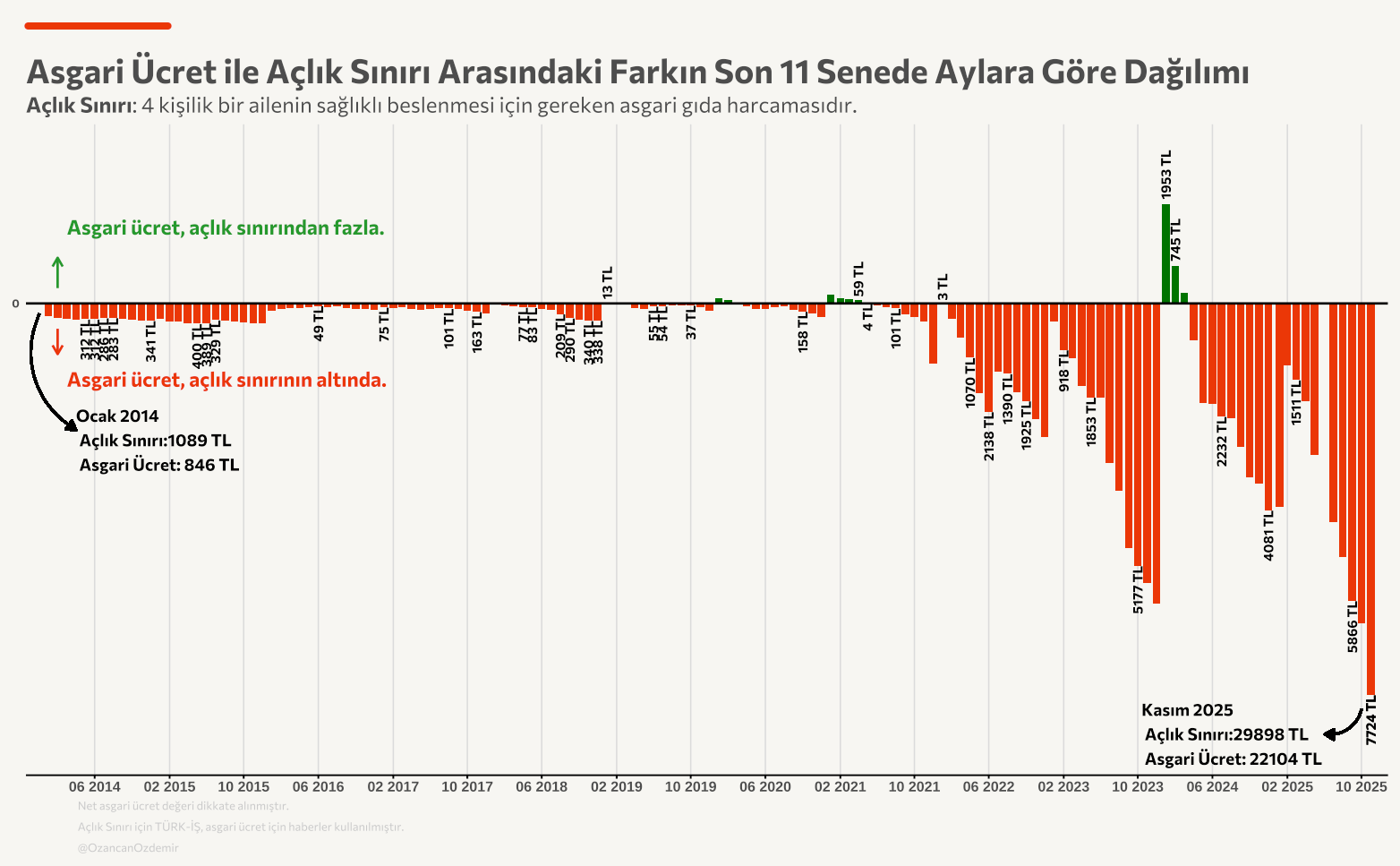Appalachian Figures In the middle of the twentieth century, when most Kentuckians still expected the courthouse and the statehouse to be run by men, a woman from the coal country on Pond Creek quietly took charge of the Commonwealth’s checkbook. Pearl Frances Runyon was born in 1913 at Belfry in Pike County, the youngest of thirteen children of merchant and timber dealer James Epperson Runyon and his wife Ella Murphy.
Messages de Rogue Scholar
Appalachian Folklore & Myths Giant birds haunt Appalachian stories. In northern Pennsylvania people talk about thunderbirds with twenty foot wingspans darkening the sky above ridgelines. In the southern mountains another bird already lived in the stories long before the word thunderbird ever reached the region.
Appalachian Folklore & Myths On the Maryland side of the Appalachians, where South Mountain rises above the Middletown and Hagerstown valleys, people still swap stories about a flying creature with metal claws, a beak like a saw blade, and a taste for blood. The Snallygaster shows up in trail lore along the Maryland section of the Appalachian Trail, in Frederick County tourism copy, and at an entire museum devoted to its legend.
Appalachian Folklore & Myths If you turn off US 27 behind the Stearns Ranger District office and follow Barren Fork Road into the woods, the modern highway sound drops away faster than it should. The pavement gives way to a narrow loop beside a hillside graveyard shaded by hardwoods. This is Barren Fork Cemetery, the last visible piece of a vanished coal company town in McCreary County.
Appalachian Folklore & Myths High above the roar of the Cumberland River there is a rock shelf that feels both exposed and strangely enclosed, hemmed in by laurel and pine. Visitors step out to the railing, look down on the sixty-plus foot curtain of water, and pose for photographs with mist on their faces. The overlook is part of the modern trail system at Cumberland Falls State Resort Park, yet it carries an older, more romantic name.

TipHey, I’m writing a book about this! I’m actually writing a book about this stuff. It turns out there isn’t a lot of literature on how to do post-training at the level too big for single-GPU laptop-sized hobby projects and requiring enterprise reliability on one hand, but not quite at the scale of multi-team distributed post-training you’d get in foundation labs.

R updates (R Data Scientist, R Weekly), AI accelerating wet lab bio research, Docker hardened images, LLMs in review, machinal bypass, science funding, new papers.
The beginning Every morning in the fall of 1997 I would wake up at 6AM and immediately jump out of bed. I went straight to my Fujitsu laptop in the home office, leaving my then-girlfriend sleeping in the bedroom. I didn’t have anywhere to be; nobody was paying me, and this wasn’t for a class.

In case you missed it, I share information I earlier posted on other channels. The Comics Grid’s 15th volume, corresponding to 2025 has been wrapped. The Times They Are a-Changin’ We would like to express our heartfelt appreciation to all colleagues who submitted their work to us and showed patience and understanding throughout the editorial process.
